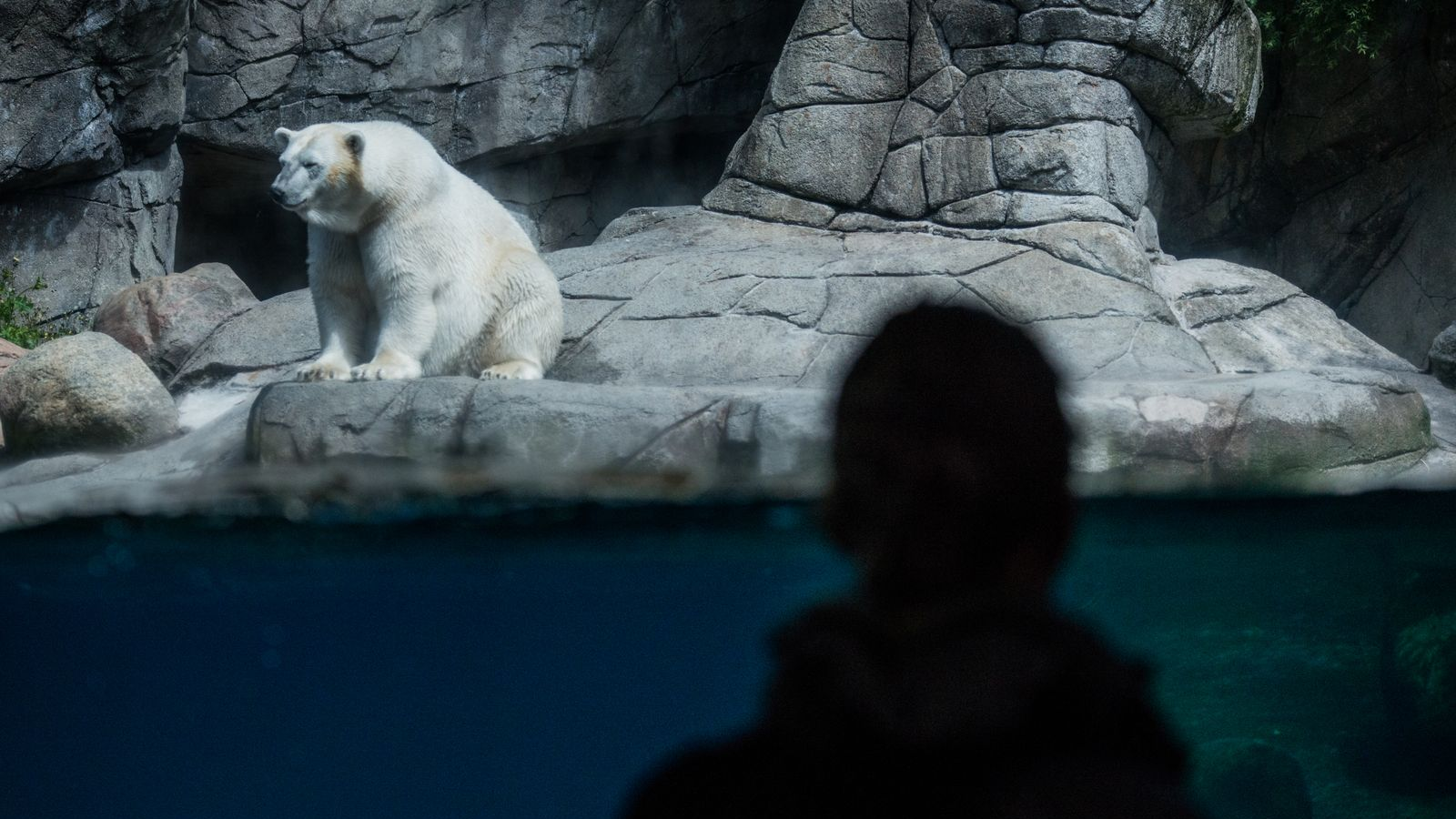Do zoos have a social value?
19 March 2023
DO ZOOS HAVE A SOCIAL VALUE?
Our Policy Support Officer Frankie Osuch considers the societal value of the modern zoo. Does captivity enhance or hinder zoo objectives?

Today is Born Free’s 39th birthday. Initially launched as Zoo Check in 1984, for nearly four decades our charity has campaigned to keep wildlife in the wild whilst continually questioning the contributions of the zoo industry.

Frankie Osuch, Policy Support Officer
The existence of zoos in a society that is becoming increasingly concerned about the welfare of captive animals is often justified by the four established aims of the modern zoo: conservation, education, recreation and research. Under the banner of these four aims, wild animals are reduced to live exhibits for profit.
A recent article has presented the idea that zoos also have societal value and as such, human and animal wellbeing should be established as a fifth aim. Although the paper acknowledges that high standards of animal welfare are ‘commercially important’, as perceptions of how well the animals are doing impacts visitor experience at the zoo, commodifying animals is more of a barrier to improving animal welfare than it is a driver.
Ultimately, most zoos are businesses and their need to maximise profits undoubtedly impacts animal welfare as well as their contribution to conservation, education and research. Modern zoos often make choices which appear to contradict their stated aims as they seek to meet their commercial interests, a significant example being the routine killing of healthy individuals that are considered to be ‘surplus stock’ and no longer profitable.
The article highlights the societal benefits of urban greenspaces, including zoos. Although the authors acknowledge that zoos currently do not reach certain public demographics, they do not give sufficient consideration to alternative greenspaces which do not involve holding animals in captivity, and how the societal value and accessibility of these spaces compares to zoos. Zoos are celebrated for providing visitors with a ‘connection to nature’, which is often established through unnatural encounters between visitors and captive animals, for example through feeding opportunities. Even if interactions such as these can result in the claimed increased connection to nature or knowledge acquisition, it cannot be assumed that this, in turn, inspires visitors to take steps to reduce their ecological impact, especially as zoos do little to attempt to close any knowledge-action gap.
The degree to which modern zoos achieve their stated aims is much debated, yet the article only puts forward claims in support of zoos. For example, when highlighting the conservation benefits, they describe how Zoo Zürich funds sustainable development projects in the Masoala region in Madagascar. Although the zoo has invested over CHF 6 million (£5.3 million) in the region since 1995, there is no criticism of the CHF 52 million (£46.2 million) of donations spent building the zoo’s Masoala rainforest enclosure. It would be reasonable to question whether the zoo’s conservation aims would be better met by diverting more funds to its support of in situ conservation projects, rather than building expensive captive exhibits.
The article fails to address the ethical issues associated with keeping animals in captivity. Consideration also needs to be given to the potential negative societal effects of zoos. After all, ideas of profit-driven human authority over animals and nature, viewing them as separate to us, has led to the ecological crisis we currently face. Crucially, the impact of viewing wild animals in cages, especially those who are visibly suffering, needs to be given much more consideration. What values and assumptions are reinforced by normalising the captivity and commodification of wild animals?
For all the supposed benefits of zoos, societal or otherwise, the question remains whether holding wild animals captive is a necessary component or whether this may even be detrimental to the aims of modern zoos.
Tiger image: © georgelogan.co.uk / Polar bear image: © J McArthur, BFF
